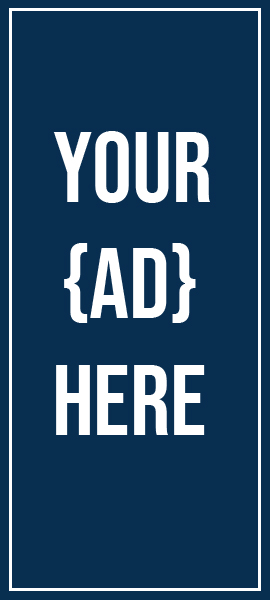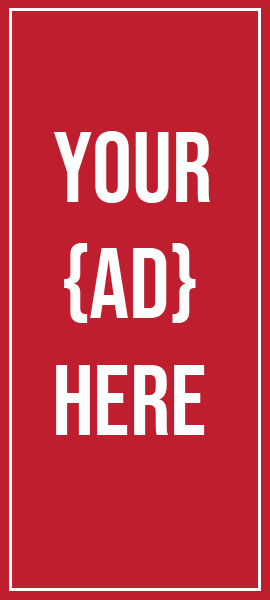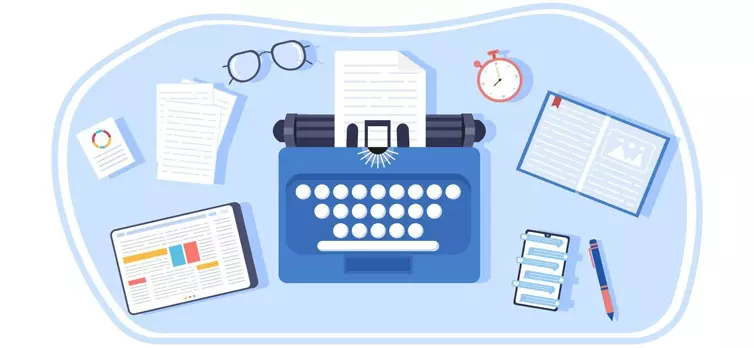
Kinds of Collaborative Business Writing
Training often gives people solutions to problems already solved. Collaboration addresses challenges that no one has overcome before.
– Marcia Conner
Introduction
The term “collaborative business writing” can refer to the process of creating a variety of business documents and projects together, such as proposals, memoranda, letters, and even instruction sets. Generally speaking, the style of writing that is produced through joint efforts is determined by the nature of the task at hand and the manner in which it must be finished. The collaborative team is in the best position to assess, based on a variety of different circumstances, which method of collaborative writing will ultimately provide them with the best output.
"Cut and Paste" Method of Construction
As was mentioned before, collaborative writing requires merging the numerous individual works and responsibilities of multiple people into a single finished product. The usage of cut-and-paste parallel construction is one method that can be utilized in the process of bringing these pieces together. The members of the team will either work independently or in groups of two to three to accomplish the various aspects of the overall project using this strategy, which is sometimes referred to as “divide and conquer.” When each individual or group has completed their duty, they are handed over to an editor or assembler who is assigned to them (although there can two people assigned to this task).

The editor(s) are responsible for bringing together all of these individual components into a single complete draught version. Due to the fact that the editor is virtually entirely responsible for carrying out this procedure, the original authors might not be informed about how, when, or where their contribution is incorporated in the final document.
Cut-and-paste parallel construction features and characteristics are as follows:
- Start with a lot of different parts
- Combine the employee draughts into one formatted final draught
- Usually done by one or two final editors — may not consult with the rest of the group
- Start with a lot of different parts
- Combine the employee draughts into one formatted final draught
- Start with lots of different parts
Brief check
Using collaborative writing tools on projects can give significant benefits, ranging from enhanced project commitment to easier and more productive cooperation procedures.
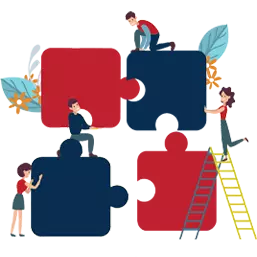
Parallel Construction – "Puzzle"
Utilizing the parallel building method known as the ‘puzzle’ is yet another approach to putting together the components of a project. The members of the team have the option of working on various aspects of the final product either independently or in smaller groups of two to three people using this approach, which is also known as the Frankenstein technique. In this approach, the original author is not required to necessarily finish the entire project; rather, they are required to merely submit a piece that is only partially finished, and the editor or editors will finish the assignment for them.
After every individual or group has finished their contribution, they hand it over to a person who has been appointed as the editor and assembler. The editor (or editors) will then incorporate these sections into the final draft. However, in the “puzzle” element of this construction, the editors often do not use the entirety of the piece that is submitted in the version that is published. By using this approach, the editor is able to take fragments of the author’s work and combine them with contributions from other contributors to create a single, comprehensive document that is strong and cohesive.
The following are characteristics of puzzles constructed in a parallel fashion:
- Begin with a wide variety of pieces
- Individuals on the team can contribute a full or partially finished piece;
- Different authors’ various pieces, segments, and bits are sewn together;
- Typically, one or two final editors are responsible for the editing process.
Construction Using Succeeding and Successive Steps
Sequential summative construction is a form of teamwork in which one member of the group initiates the creation of a piece of work and then invites other members of the group to contribute to it. To begin, responsibilities for the project are delegated to each individual member of the team. As soon as they are all finished, one member of the team will start the process by bringing their work to the front to be revised or reviewed. After this section has been examined, subsequent members will, one at a time, add their section to the one that came before it.
As soon as the subsequent contribution is added, this serves as confirmation that the one before it is error-free and does not require any alterations or editing. The team works through the inputs made by each individual member until all of the contributions have been included into the final copy to everyone’s satisfaction. In comparison to some of the other methods, this one encourages greater collaborative efforts and group editing from the participants.
The following are characteristics of sequential summative construction:
- One member of the team submits a finished or partially finished piece
- Additional members of the team add onto this piece
- Team members are unable to change or alter what was initially submitted
- The team collaborates to edit and compile a final draught
- The team’s work is graded based on the order in which the pieces were submitted
Brief check
When people can personally contribute to an endeavor and feel like they've made a difference, they become more interested with and attached to the project's outcome. Users are then more likely to contribute time, effort, and personal pride to the end project, resulting in a superior final result.
Integrating Building Techniques
The integrated construction approach is one of the many methods of collaboration that are available. Because this strategy requires the participation of the whole group in the form of a conversation, it is imperative that every member be present in order to take part. In integrated construction, it is customary for the team to initially deliver a beginning piece of work. The group will now discuss and suggest additional stuff to add to it from this point forward.
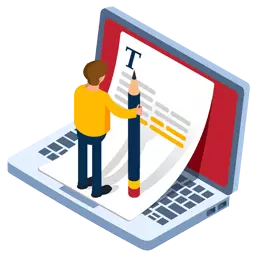
The editors, who are sometimes referred to as scribes at times, will edit and update the content based on the directions given by the group throughout these conversations. Because this strategy involves the participation of the whole team at the same time, it might be challenging to follow the conversation and incorporate everyone’s ideas at the same time. Because of this, the editor or scribe may end up having to make a significant number of alterations and modifications while they are working on the piece. Because this method requires the participation of the entire team at the same time rather than permitting individuals on the team to work separately, it is not recommended for use with projects that are either particularly vast or complicated or that have a deadline that is drawing ever closer.
Integrated construction has the following characteristics:
- Team members engage in discussion to write project content
- One team member (or small group) creates and changes content
- Integrated construction typically involves many revisions
- Integrated construction is not suitable for very large projects or projects with short deadlines
- Integrated construction is not suitable for projects with short deadlines
Practical Application
In order to keep the company’s shareholders up to date on what is going on in the various divisions, the shareholders’ newsletter is in the capable hands of Mary, who was given this responsibility. She got in touch with several representatives from each division and requested them to write something about what’s going on in their respective areas of responsibility.
After collecting all of the entries, Mary was stumped as to how she should put everything together in the most effective manner. Because she was going to be the principal editor of the newsletter, she reasoned that the best method to combine the many pieces of work would be through cut-and-paste parallel construction. This would allow all of the parts to come together while still maintaining their individual voices.
After the work was finished, Mary was satisfied with how the final item turned out and was delighted to present it to the firm shareholders because of how well it turned out.
